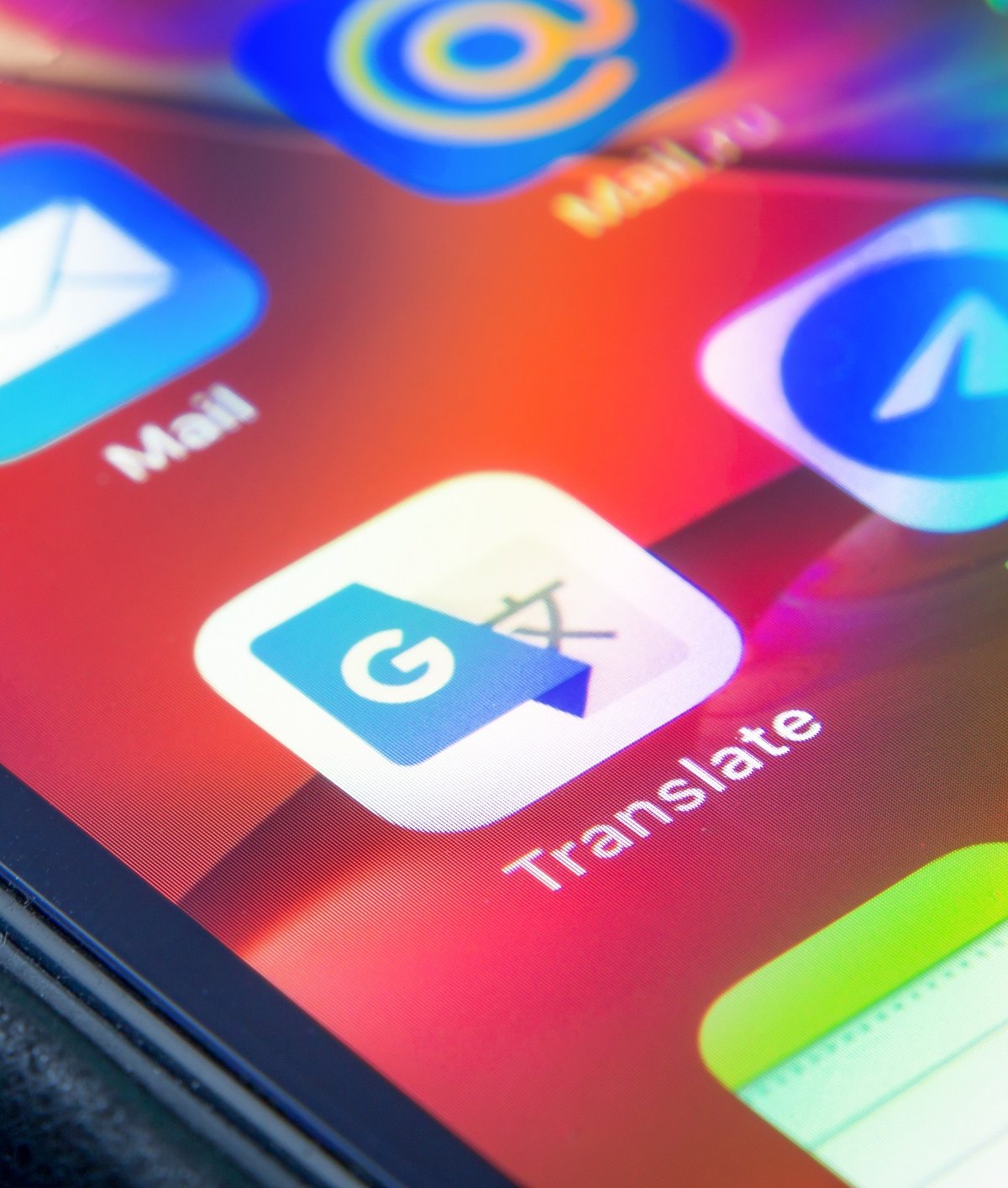Google Translate has undergone its biggest expansion in its history, with the addition of 111 new languages. The tool’s update was powered by artificial intelligence technology that allows it to introduce new languages faster.
The addition of new languages covers more than 660 million speakers. This means the translation feature is now available to approximately 8% of the planet’s population. Some of these languages have large numbers of speakers, while others are spoken by small indigenous communities.
Google highlighted that it has also added some languages that have almost no native speakers left. This effort is being carried out in conjunction with groups of experts and volunteers who are fighting to save these dialects and revive nearly extinct cultures.
This update was the largest update to African languages in history. About a quarter of the new dialects come from Africa. These include: Fon, Kikongo, Luo, Ga, Swati (or Swazi), Venda, and Wolof. Other examples of languages added include:
- Afar: Spoken in Djibouti, Eritrea and Ethiopia;
- Cantonese: spoken in China, Hong Kong, Macau, Vietnam, Malaysia, Cambodia and Singapore;
- manes: Spoken in the Isle of Man;
- N’Ko: Standardized form of the Mandinka languages of West Africa;
- Punjab (Shahmukhi): A type of script in the Perso-Arabic alphabet (Shahmukhi) and the most spoken language in Pakistan;
- Tamazight: Berber language spoken in North Africa;
- Tok PisinCreole: The language is based on English and the lingua franca of Papua New Guinea.
Criteria for choosing a new language
In 2022, Google announced its 1,000-language initiative, adding 24. To do this, the company used Zero-Shot machine translation, where a machine learning model learns to translate into another language without seeing an example beforehand.
Now the company is improving the tool using artificial intelligence through its excellent PaLM 2 language model.

But technology only helps to a certain extent. Adding languages to Translator is a challenging task that requires a lot of research and rigorous evaluation.
The company explains that many languages vary depending on the region they are spoken in. Therefore, it is not possible to define a “correct” variety that can be considered standard. In these cases, the company prioritizes the variety that is most commonly used, especially online.
Source: Tec Mundo
I am a passionate and hardworking journalist with an eye for detail. I specialize in the field of news reporting, and have been writing for Gadget Onus, a renowned online news site, since 2019. As the author of their Hot News section, I’m proud to be at the forefront of today’s headlines and current affairs.










